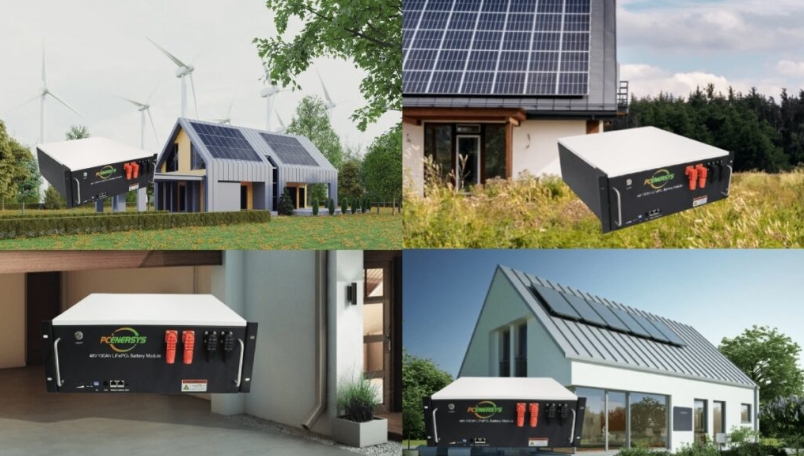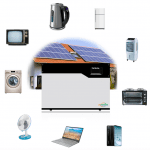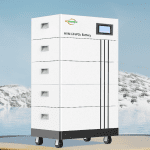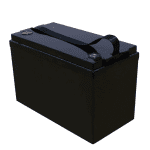We can see the existence of photovoltaic systems in many homes in many areas, and their most significant role can be achieved by combining them with energy storage battery. Today, we will tell you how 48V 100Ah lithium-ion batteries are combined with photovoltaic systems and what roles they can play. This is also one of the functions of the 48V 100Ah lithium-ion battery.
Learn about 48V 100Ah lithium-ion battery
The 48V configuration means a relatively high voltage output, suitable for applications requiring a robust power supply. Their battery capacity is 100Ah, which can store a lot of energy. This capacity is advantageous in applications requiring continuous and long-lasting power, such as uninterruptible power supply (UPS) and photovoltaic systems. Lithium-ion technology ensures high energy density, lightweight design, and longer cycle life than conventional battery chemistries. Relative to other batteries, lithium-ion chemistry allows for compact, light designs that facilitate easy integration into different systems. This is especially valuable for applications where space is limited.
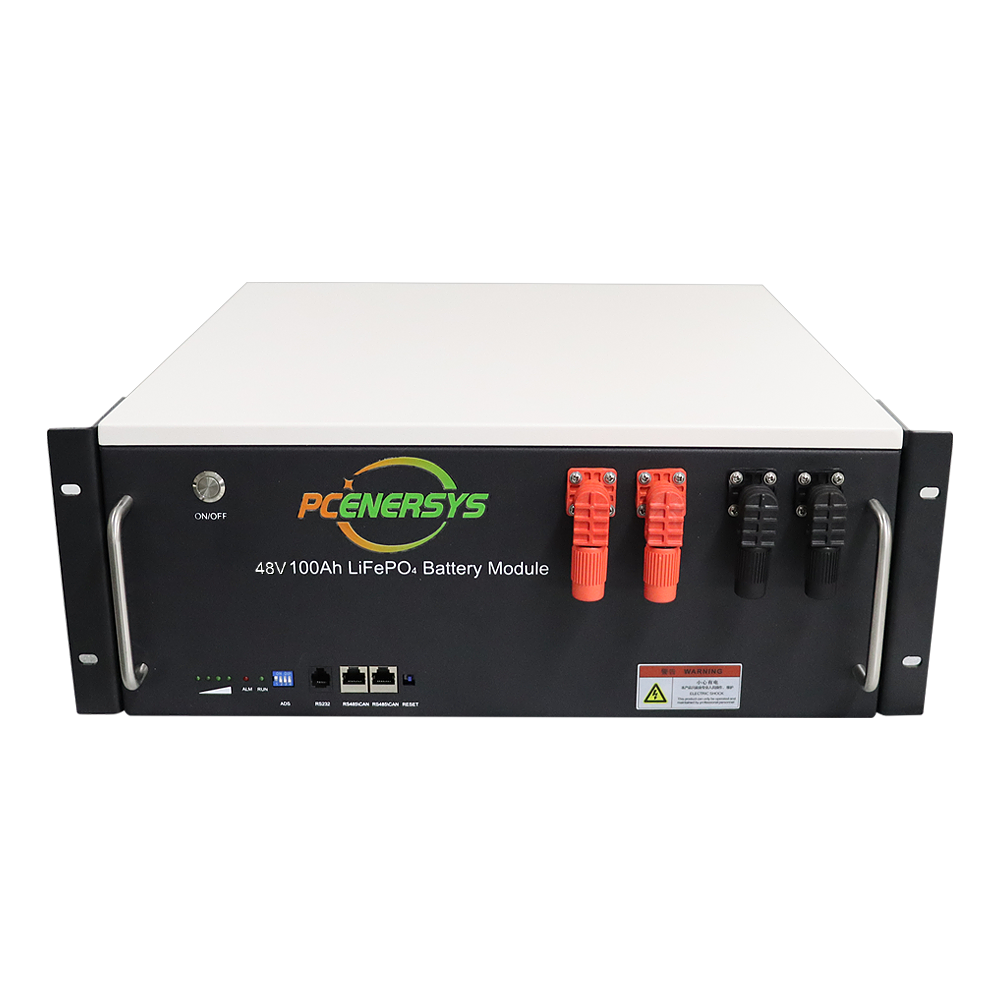
The role of photovoltaic systems
Photovoltaic (PV) systems are vital in harnessing renewable energy from sunlight and converting it into usable electricity. The primary function is to generate electricity by converting sunlight into direct current (DC) through the photovoltaic effect. This process occurs within solar panels, composed of semiconductor materials that react to sunlight. Photovoltaic systems support remote and off-grid areas by providing independent power. These systems, often combined with energy storage solutions such as batteries, can provide reliable power when traditional grid connections are impractical or unavailable.
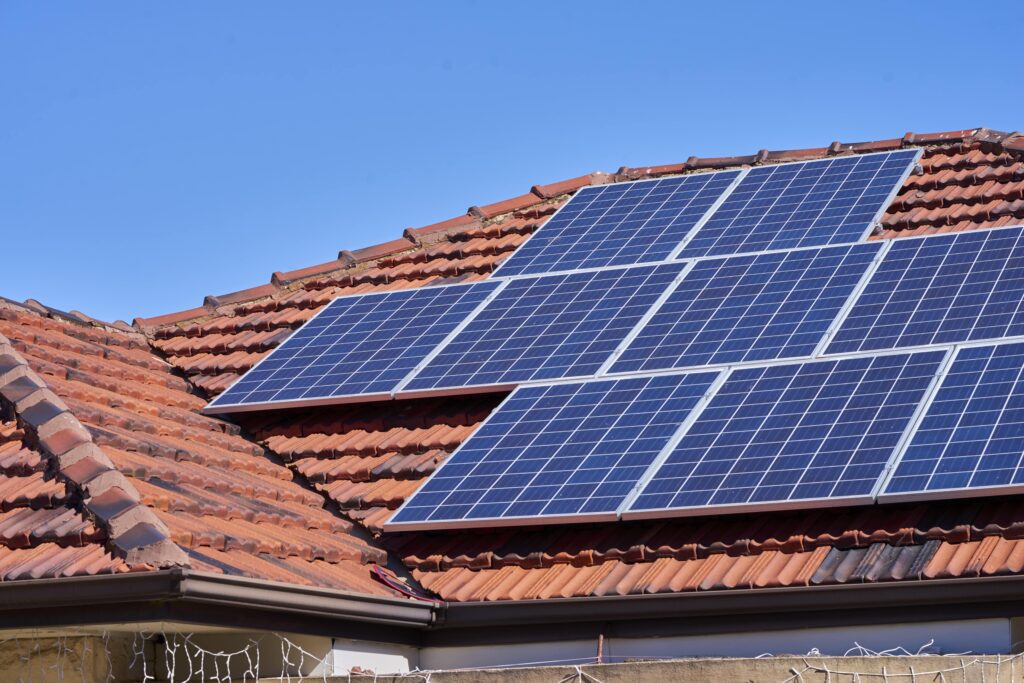
The effect of combining 48V 100Ah lithium-ion battery with photovoltaic system
From the previous paragraph, I know that the photovoltaic system is very suitable for combining with energy storage batteries, so I can use the 48V 100Ah lithium-ion battery as a powerful energy storage component and combine it with the photovoltaic system to effectively store the energy generated by the photovoltaic system during peak sunlight hours, of excess power. This stored energy can be used when insufficient sunlight ensures a stable power supply. This combined approach uses solar energy stored in lithium-ion batteries to generate electricity, reducing reliance on the traditional grid. This promotes energy independence. Lithium-ion batteries are a reliable backup power source, providing uninterrupted power during grid outages. This feature is essential for critical applications, ensuring continuous operation of the PV system even when external power is unavailable.
How to combine a 48V 100Ah lithium-ion battery with a PV system
Starting with selecting compatible components, you first need to verify that the output voltage of the PV system is consistent with the 48V voltage rating of the battery. This ensures compatibility and efficient energy transfer between solar panels and batteries. Then there is choosing a suitable charge controller explicitly designed for lithium-ion batteries, which we will usually provide you. These devices regulate the charging process, prevent overcharging or deep discharge, and optimize battery life. Also, ensure that the inverter in the PV system is compatible with lithium-ion batteries.
During installation, ensure that the wiring and connections between the photovoltaic system components and the lithium-ion batteries are correct. Use appropriate cable sizes and connectors to minimize power loss and optimize energy transfer. Finally, safety features such as overcurrent protection, short circuit protection, and emergency shutdown protocols are incorporated. These measures enhance the overall security of both.
Monitor and maintain
Monitoring and maintaining their integration can make both last longer. We need regular monitoring of the BMS to track individual cell voltages, temperatures, and overall cell health, as well as monitoring systems to track the solar energy production of the photovoltaic system. Perform routine physical inspections of cells and photovoltaic system components. Check for signs of wear, corrosion, or damage and address any issues promptly to prevent further damage. Check and maintain the inverter regularly. Checking for proper ventilation, cleaning the air filter, and ensuring the inverter’s firmware is up to date to facilitate efficient DC-to-AC power conversion are all things you need to incorporate into your daily life.
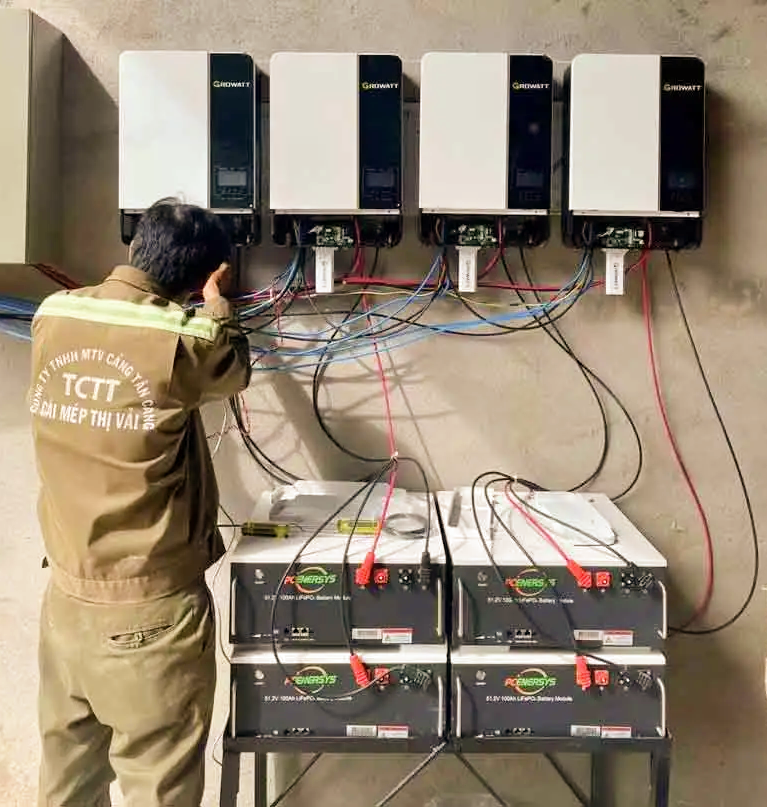
Final
Through integration with photovoltaic systems, we discovered the flexibility of 48V 100Ah lithium-ion batteries and their robust energy density, which will be one of your first choices if you want to integrate with photovoltaic systems. Also, by combining the power of lithium-ion technology with solar energy, users can embark on energy independence and change how we use electricity.

